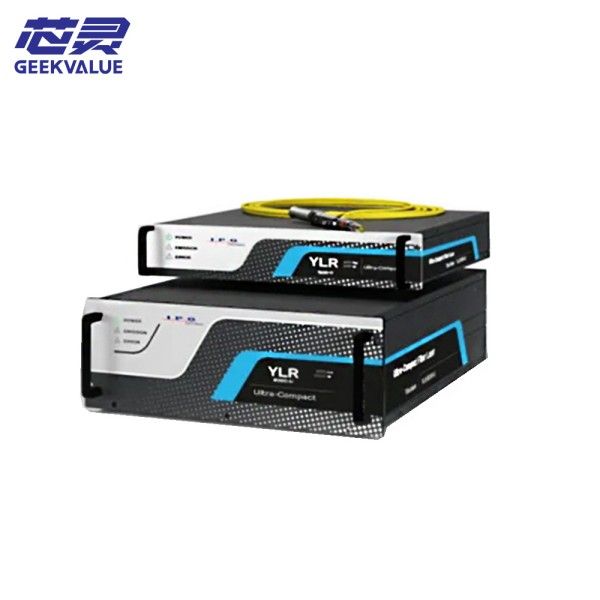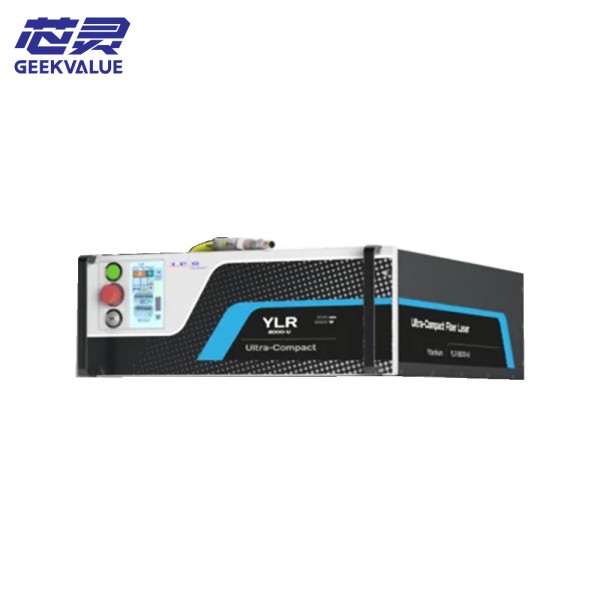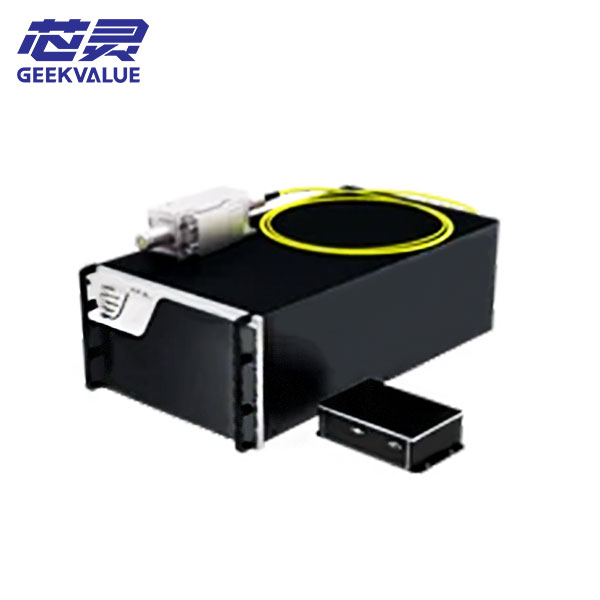In today's landscape of smart manufacturing, IPG Lasers have solidified their position as the benchmark for fiber-laser precision, durability, and efficiency. Whether you're cutting automotive-grade steel, micro-welding intricate medical components, or marking consumer electronics, understanding the full capabilities of IPG lasers can unlock tremendous value in your operation. In this ultimate guide, you'll discover not only the fundamentals of IPG laser technology but also the latest advancements, application trends, and how to choose the best solution for your business.

What Is an IPG Laser?
An IPG laser is a high-performance fiber laser system engineered by IPG Photonics, a global leader in optical fiber-based laser technologies. Unlike traditional CO₂ or solid-state lasers, IPG lasers use ytterbium-doped optical fibers as the gain medium. Pump diodes introduce energy into the fiber, producing a highly focused, single-mode beam with exceptional beam quality.
Core Components (Added clarity and bullet structure)
Pump Diodes: High-efficiency diodes that deliver pump light.
Ytterbium-Doped Fiber: Active gain medium that amplifies the laser beam.
Fiber Bragg Gratings (FBGs): Integrated optical mirrors that form the laser resonator.
Output Fiber: Delivers the beam to the processing head with minimal loss.
Thanks to their all-fiber architecture, IPG lasers eliminate alignment issues, simplify cooling, and reduce the need for routine maintenance.

Latest Innovations in IPG Technology
In 2024, IPG Photonics introduced major enhancements across its product lines:
YLS-RI Series: Offers rapid beam switching for hybrid manufacturing applications.
Integrated Smart Sensors: Real-time beam monitoring helps prevent thermal damage and allows process feedback.
Green and UV Fiber Lasers: Enable micro-machining of transparent materials like glass and polymers.
These advancements allow manufacturers to explore new use cases, reduce defect rates, and extend material compatibility.
Four Pillars of IPG Laser Advantage
Ultra-High Beam Quality
IPG lasers produce near-perfect beams (M² ≈ 1.1), enabling micron-level accuracy. This precision translates into cleaner cuts, tighter weld seams, and minimal heat-affected zones.Unmatched Energy Efficiency
Wall-plug efficiencies often exceed 40%, significantly cutting power bills and environmental impact compared to CO₂ lasers.Modular Architecture
The MOPA structure supports scalable power configurations—upgrades are easy by adding amplifier modules. Whether you're working with 200 W or 20 kW, there's a path to growth.Low Maintenance, Long Lifespan
With MTBF ratings above 50,000 hours and air-cooled designs, IPG lasers reduce downtime and ongoing service requirements.
Where IPG Lasers Shine: Key Applications
Sheet-Metal Cutting
Cuts stainless steel up to 30 mm thick with precision and low taper. Now increasingly used in battery pack and EV component cutting.Welding & Cladding
Delivers narrow, deep welds at high speeds. Common in e-mobility, aerospace, and tool manufacturing.Micro-Machining & Electronics
Enables laser drilling below 50 µm. New femtosecond models allow processing glass and ceramics with minimal microcracks.Marking & Engraving
Handles high-speed, high-contrast laser marking on metals, plastics, and coated materials.Research & Development
Ideal for spectroscopy, quantum optics, and additive micro-manufacturing with pulse tunability.NEW: Additive Manufacturing (3D Printing)
IPG lasers now play a key role in powder-bed fusion and laser metal deposition, providing precise energy control for layer-by-layer manufacturing.
Choosing the Right IPG Laser for Your Needs
When evaluating IPG laser systems, consider these factors:
Power Level
Low-Power (10 W–200 W): Ideal for micromachining, marking, and fine welding.
Mid-Power (500 W–2 kW): Versatile for cutting thin to moderate-thickness metals and general fabrication.
High-Power (4 kW–20 kW+): Suited for heavy plate cutting, thick-section welding, and high-throughput production.
Pulse Characteristics
CW (Continuous-Wave): Best for cutting and welding tasks requiring steady heat input.
Q-Switched, MOPA Pulsed: Offers pulse-on-demand for marking and micro-drilling.
Ultrafast (Picosecond/Femtosecond): For minimal thermal distortion in micromachining and research.
Beam Delivery & Focusing Optics
Fixed-Focus Heads: Cost-effective and reliable for flat-bed cutting.
Galvanometer Scanners: Fast, programmable scanning for marking, welding, and additive manufacturing.
Robotic Fiber Heads: High flexibility when mounted on multi-axis robots for 3D welding or cutting.
Cooling & Installation
Air-Cooled Units: Simplest installation, suitable for power levels up to ~2 kW.
Water-Cooled or Closed-Loop: Required for higher powers; check facility’s cooling capacity and footprint.
Software & Controls
Look for intuitive user interfaces, real-time process monitoring, and compatibility with your CAD/CAM or robotic systems. IPG’s proprietary software packages often include built-in recipes and diagnostics to streamline setup and maintenance.
Tips for Seamless Integration
Site Setup: Maintain low dust environments. Fiber lasers tolerate more contaminants but still benefit from cleanliness.
Safety Compliance: Use certified eyewear, interlocks, and shielding. Conduct regular audits.
Vendor Support: Choose authorized IPG partners for installation, on-site training, and fast service.
Preventive Maintenance: Keep spares like pump diodes on hand and consider a service contract for minimal downtime.
Tips for Seamless Integration
Site Preparation: Ensure proper ventilation and dust control; fiber lasers tolerate more contaminants than CO₂ lasers but still benefit from clean environments.
Safety Measures: Install interlocks, beam-stop devices, and appropriate laser-safety eyewear. Regularly audit safety protocols.
Training & Support: Partner with authorized IPG distributors who can provide installation, commissioning, and operator training.
Spare Parts & Service Contracts: Stock key connectors and diodes; consider a service contract for rapid response and preventive maintenance.

As industries demand faster, cleaner, and more precise manufacturing, IPG lasers continue to set the benchmark. Their unmatched beam quality, energy efficiency, and flexibility make them indispensable across sectors—from heavy industry to medical R&D.
Investing in an IPG fiber-laser solution is not just a purchase, but a strategic move toward future-ready production. Partner with the right experts and unleash the true potential of laser innovation.

